[Space for All] Seosomun Shrine History Museum revives dead place, invites all
By Park YunaPublished : Aug. 21, 2023 - 17:18
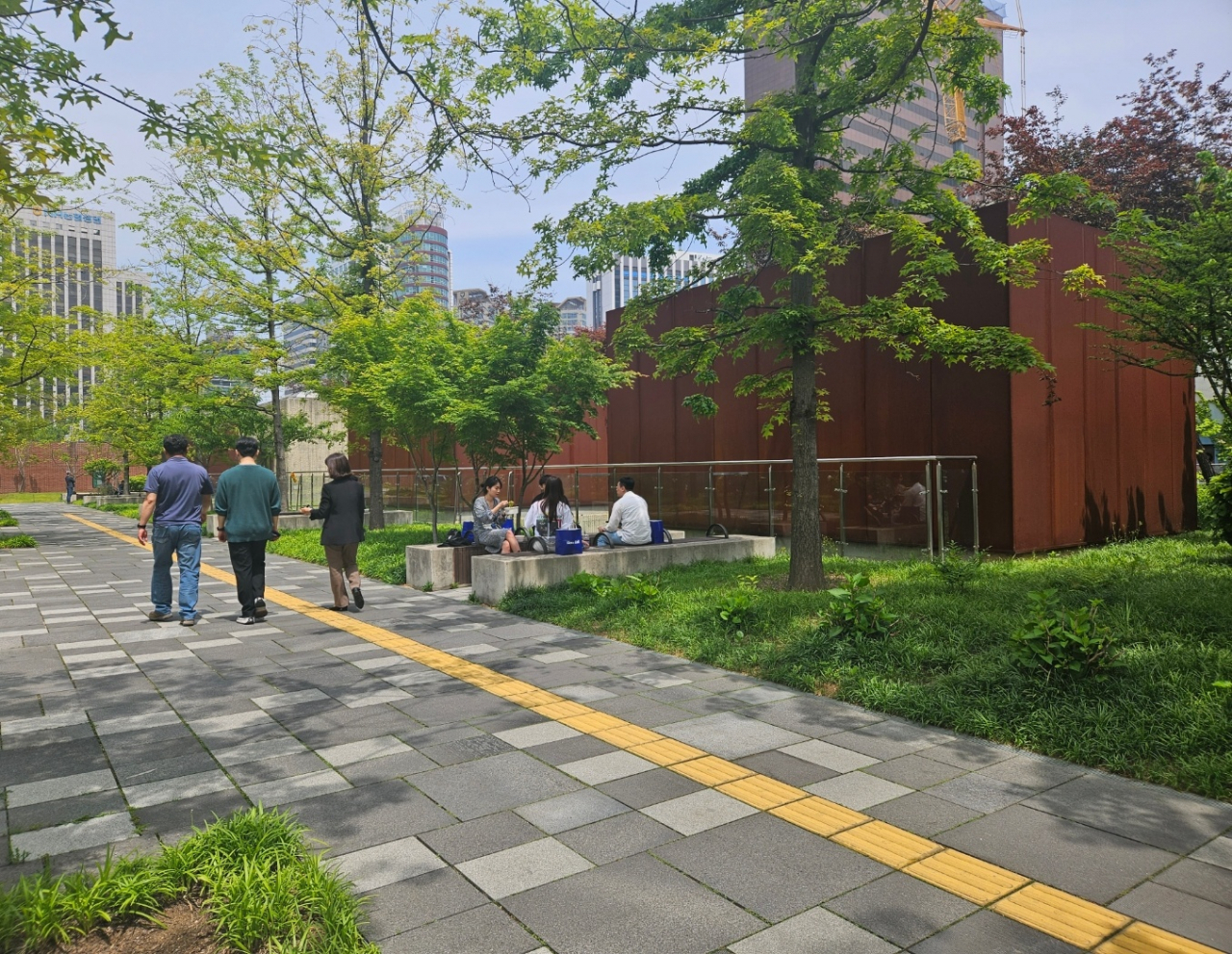
Architecture brings life to a deserted place. And in the case of the 21,000-square-meter park in Seodaemun-gu, northwestern Seoul, it rejuvenated one that had been neglected.
The public park had been taken over by homeless people, who drifted in day and night from Seoul Station, about 10 minutes' walk away, until it was remodeled and Seosomun Shrine History Museum was built in the underground space there in 2019.
Other people had avoided the park, created in 1973, because of the atmosphere and safety concerns. The district office received numerous complaints about homeless people in the park.
“Even when we were designing the museum, there was a call to prevent the homeless from entering. It seemed the residents in the area felt that the park had been stolen from them,” recalled Yoon Seung-hyun of Interkerd Architects, one of the three architects who designed the museum.
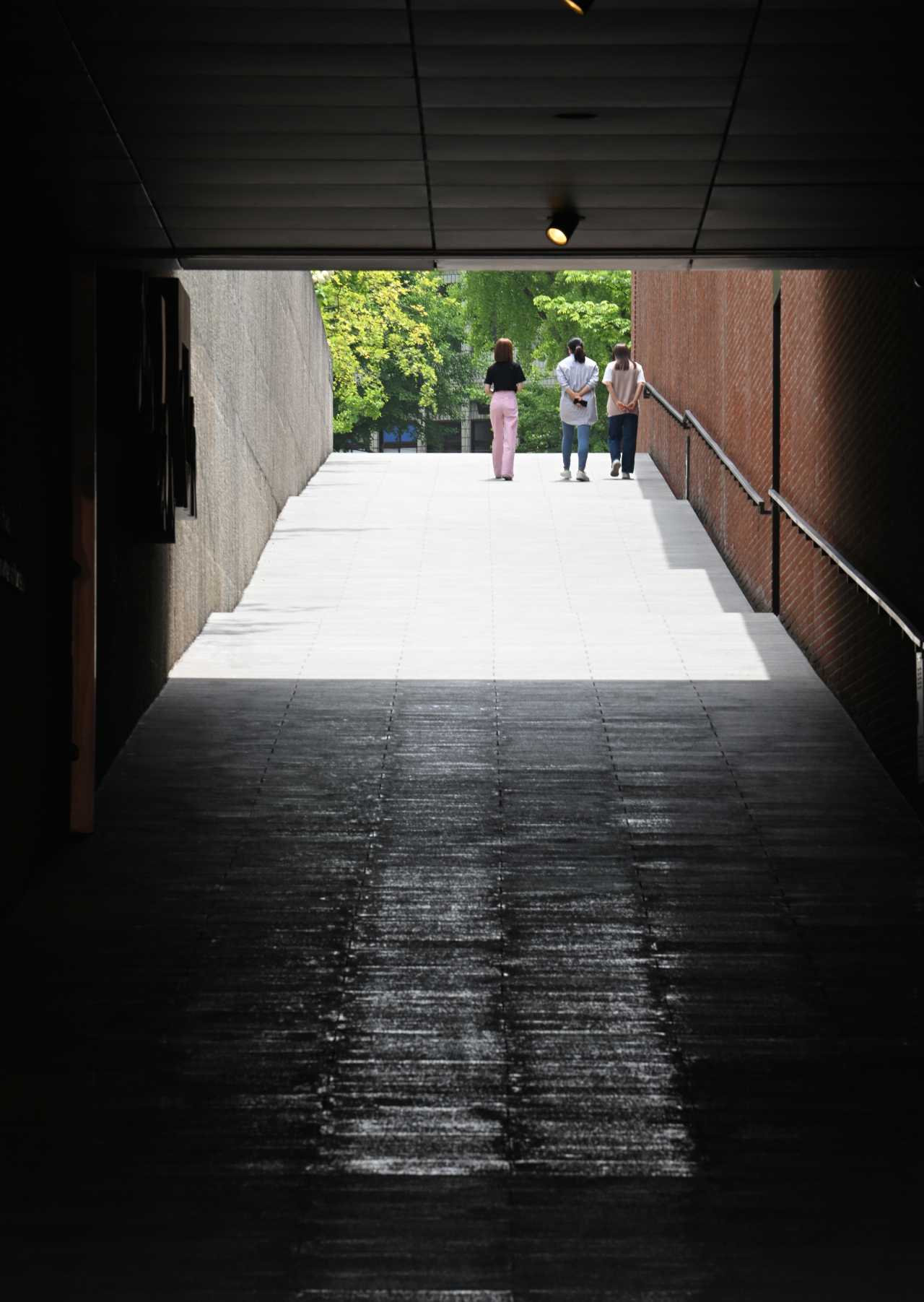
More than nearly 300 architects or architect collectives submitted entries when Seoul City held a design competition for an underground museum.
In the four years since its opening, more than 500,000 people have visited the museum at the park, composed of a ground floor and four underground floors. The number would be far higher if people visiting only the park were included, according to the museum.
“I used to not walk by the park with my kid because I had a prejudice that the neighborhood was not safe. Moreover, there is a railroad track near the museum, so the accessibility was not good,” said Hwang Kyu-ran, 46, a Seodaemun-gu resident since 2007.
“But now it has been turned into a new place with the underground museum. I see mothers walking around the park with their babies in strollers. I don’t see many homeless people here now,” she added.
If she had to visit the place before the museum was built, it was to go to a flower market located beneath the park. The underground space also had a garbage recycling facility and a public parking lot. The public parking lot and the flower market have been replaced by the museum and only the city-run recycling facility remains.
The park was designated Seosomun Historic Park in 2019, the year the museum was built. Architect Lee Ku-sang, co-founder of VOID Architects, said the place does not technically neglect the homeless. Rather, it has become a place for everyone while the number of homeless people has diminished noticeably, Lee explained.
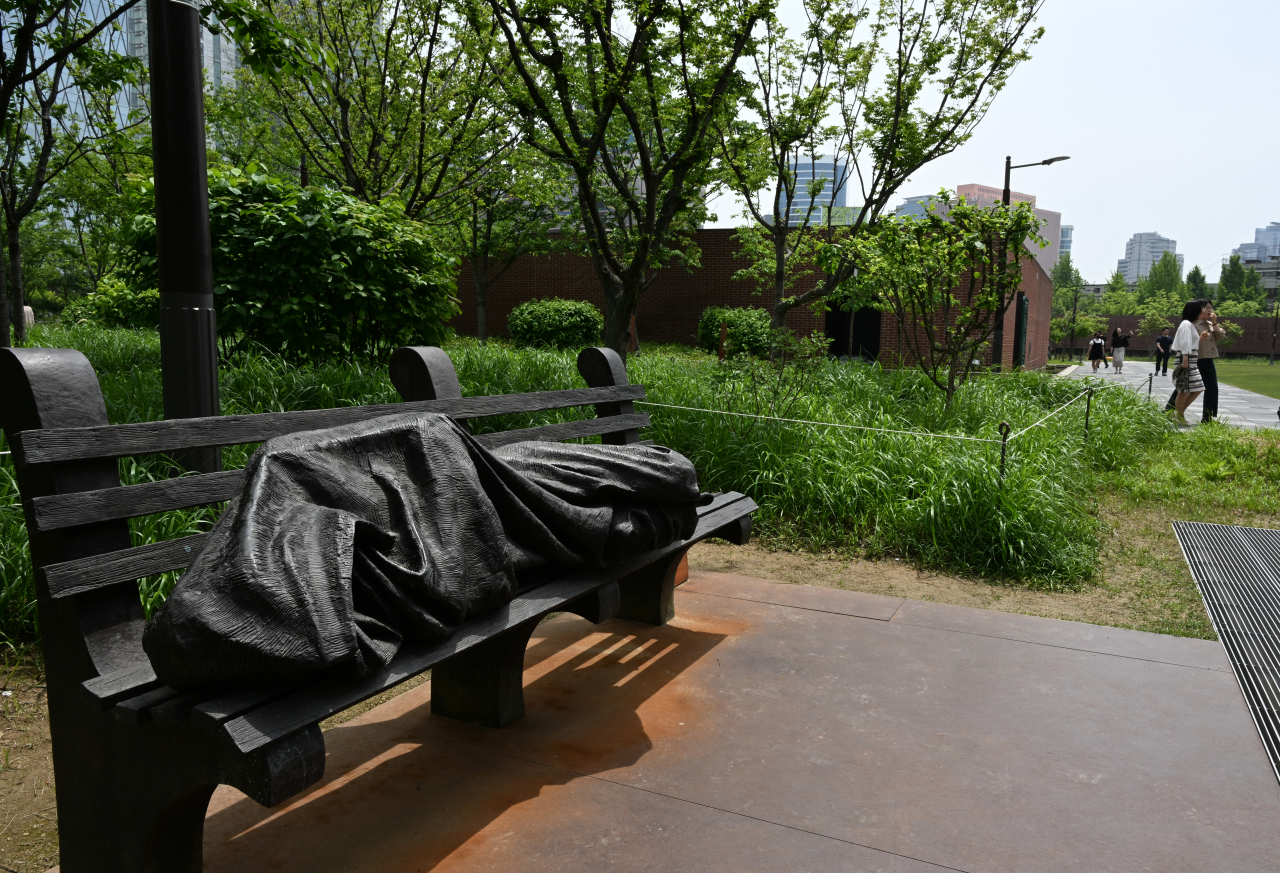
“Homeless Jesus 2013,” a bronze sculpture which depicts Jesus as a homeless person lying on a park bench, sends a strong message without saying a word -- to have compassion for the marginalized people. It was created by Canadian sculptor and devout Christian Timothy Schmalz.
Although it is not well known to the public, the plot holds a historic significance for Catholics. It was a public execution site during the Joseon era, where criminals and those accused of rebelling against the king, including Catholics, were killed.
The four great waves of persecution against Catholics in the Joseon era, including the Byeongin Persecution of 1866, took place here, killing a number of people who refused to deny to their faith. Among the 103 Korean Catholic saints, 44 were killed at Seosomun, according to the museum.
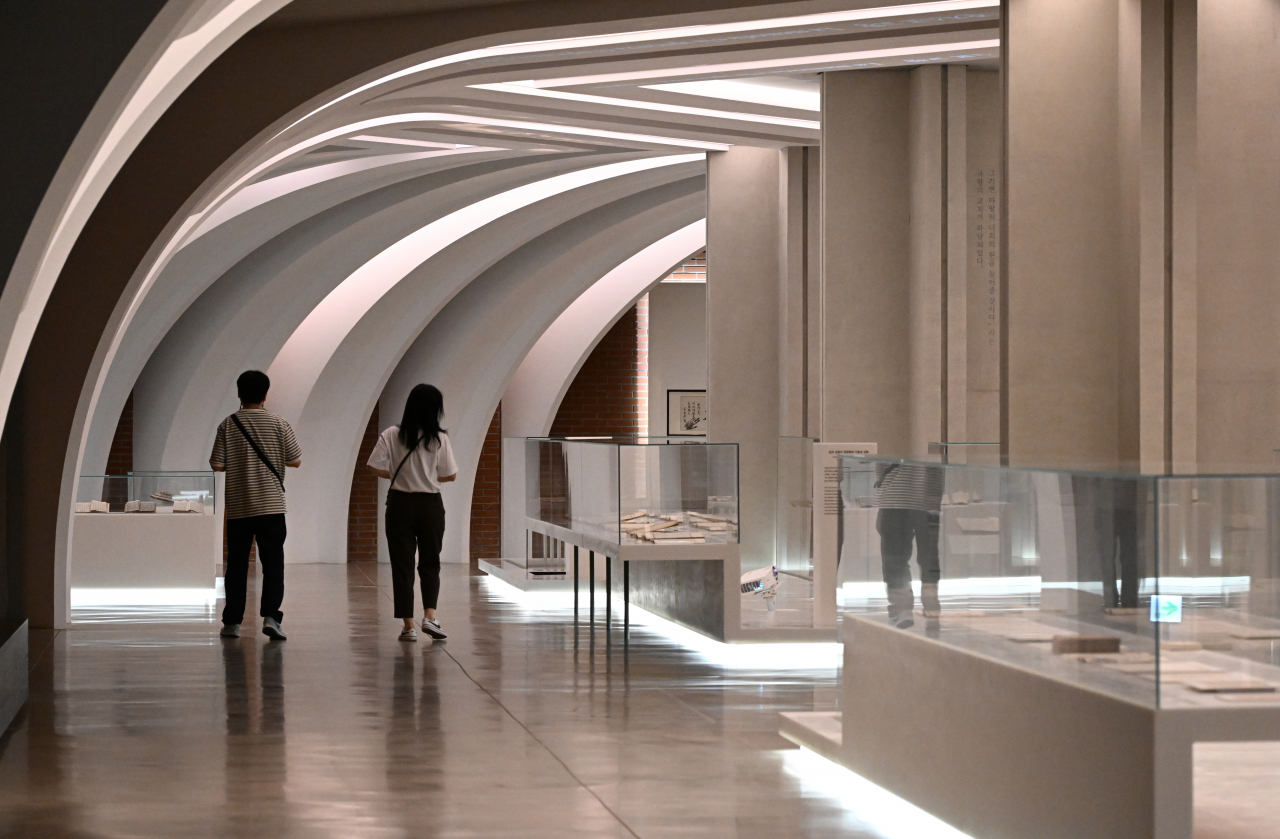
The central government, city government, district office and the Archdiocese of Seoul allocated a budget totaling some 70 billion won in efforts to pay tribute to the martyrs by building a museum and renovating the park. The park became part of Asia’s first international pilgrimage site proclaimed by the Vatican in 2018.
“So many wrongful deaths were committed at this place. We know it was not just the Catholics. That is why we are presenting a variety programs and exhibitions not specifically related to the Catholic church,” said Father James Won Jong-hyeon, the inaugural director of the museum. The leaders of the Donghak Peasant Revolution from 1894 to 1895 are also thought to have been executed at the site.
Referred to as the "small West Gate," the area was the endpoint where major roads met and where markets opened up due to the high traffic in the area during the Joseon era. Public executions and state-sanctioned torture also took place in front of the large crowds that naturally gathered here to serve as a warning.
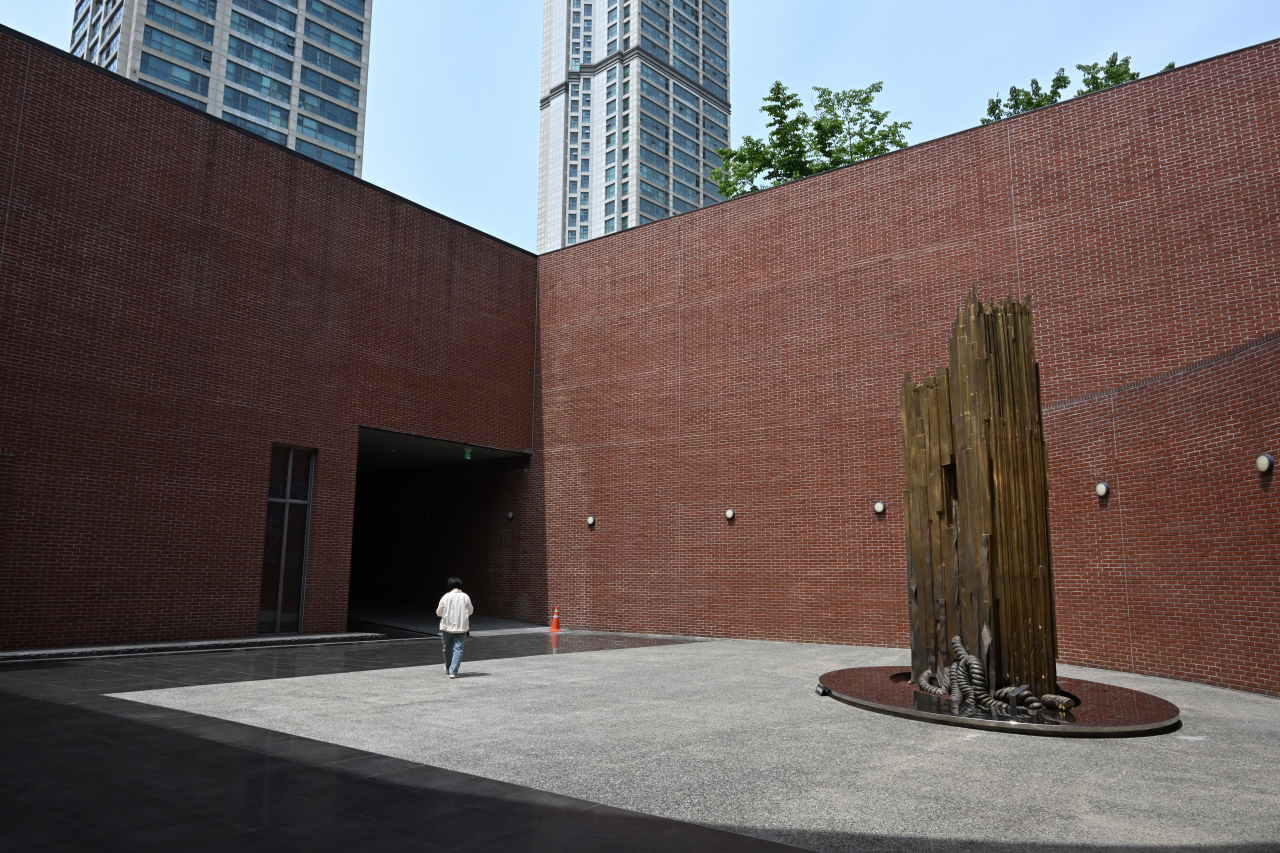
A place for souls
Stepping into the museum, visitors are surrounded by an atmosphere of sacred grandeur. Designing an underground museum in a place that holds a tragic history was not easy for the architects.
To define the “relationship between above and under the ground” was the underlying concept for the design competition, given by the committee in charge of processing the museum project, recalled Yoon.
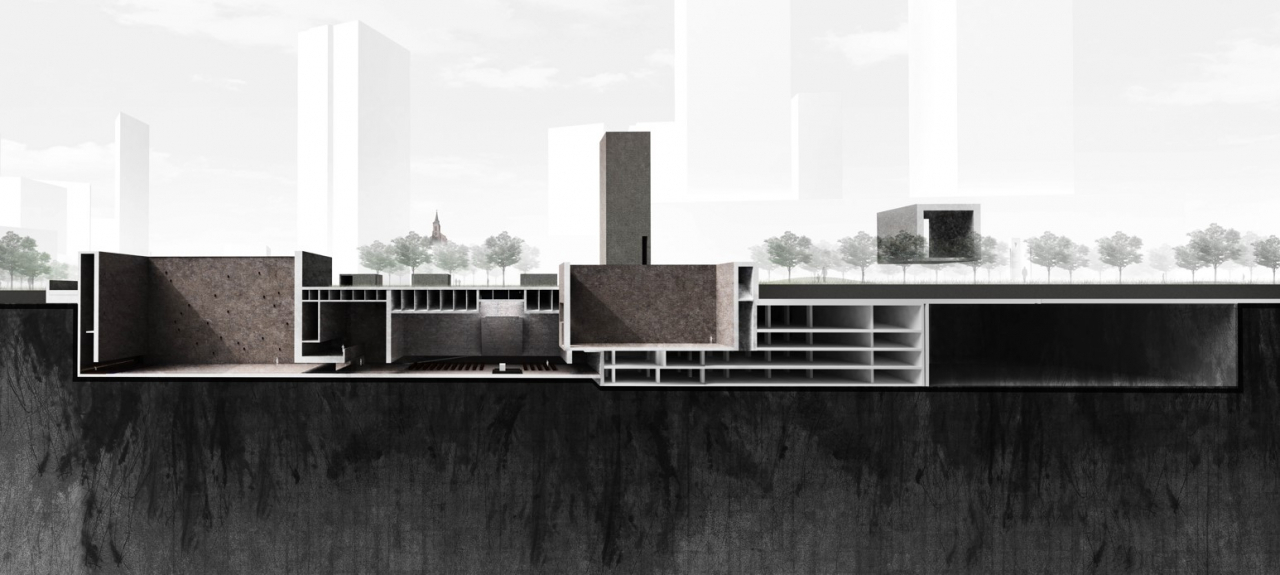
“We designed seven sunken yards to have the light come through to the underground space, as though people’s blood had permeated into the ground when they were executed.
“The tragedy that took place on the ground is remembered underground,” he said.
The highlight of the space is the Consolation Hall, a place dedicated to people to meditate and pray for the martyrs' souls.
Light pours into the Consolation Hall through glass gates leading to the Sky Plaza, a 930-square-meter space surrounded by red brick walls with no ceiling.
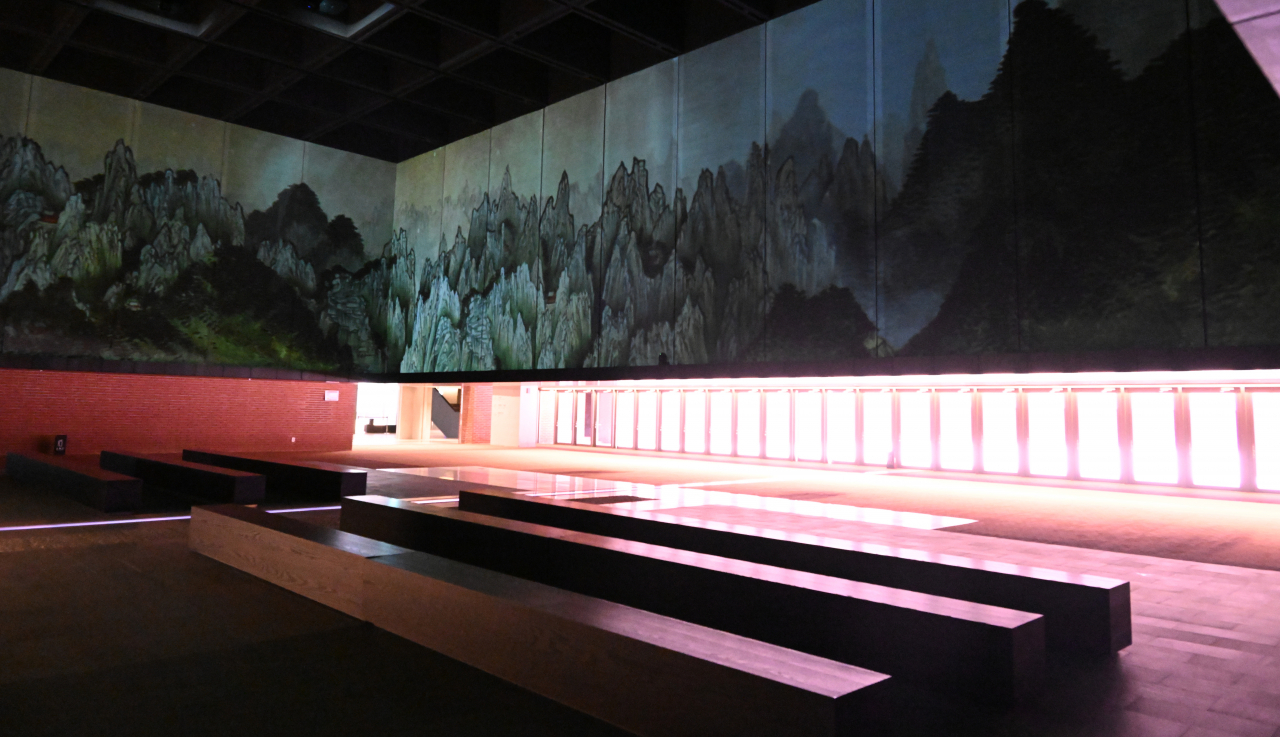
“We thought of this place where people can contemplate on the relationship with god of their own, looking up the sky. That is why we designed this space as a blank place simply with red bricks,” Lee said on the Sky Plaza.
More than a million bricks were used to build the museum, the gross floor area of which is 46,000 square meters. The architects did not want the architecture to stand out with decorative designs, and so it is mostly built with hand-laid bricks and exposed concrete.
“We thought of red bricks from the first place because bricks are of the oldest building materials in history and they are made of natural materials. Bricks are put by hands except in special cases. We wanted this place to be created with the efforts of people's hands,” Yoon said.
The museum was awarded at the 37th Seoul Architecture Award in 2019.
"We did not want the place to be avoided by people because of the weighty meaning it holds. That was what we concerned the most in the first place," said Woo Jun-seung, director of LESS Architects.
"I want this place to maintain its own religious implications, but also hope to be an open space for everyone where light and dark; and the earth and sky coexist. I hope the space will awaken senses that could be easily lost in a city life," he said.
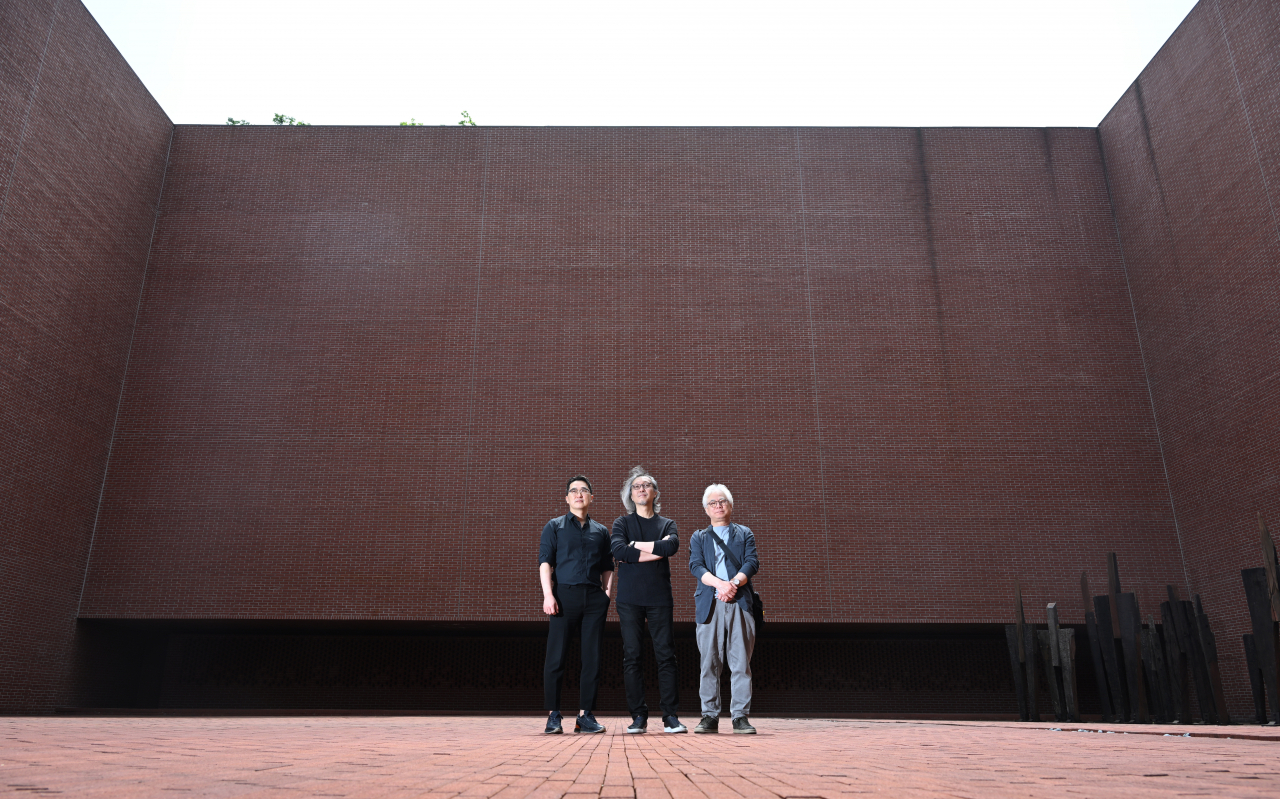
This is the first article in a seven-part series exploring the role and impact of public architecture in civic life. -- Ed.








![[KH Explains] No more 'Michael' at Kakao Games](http://res.heraldm.com/phpwas/restmb_idxmake.php?idx=644&simg=/content/image/2024/04/28/20240428050183_0.jpg&u=20240428180321)

![[Weekender] How DDP emerged as an icon of Seoul](http://res.heraldm.com/phpwas/restmb_idxmake.php?idx=644&simg=/content/image/2024/04/25/20240425050915_0.jpg&u=)








![[Herald Interview] Mistakes turn into blessings in street performance, director says](http://res.heraldm.com/phpwas/restmb_idxmake.php?idx=652&simg=/content/image/2024/04/28/20240428050150_0.jpg&u=20240428174656)
